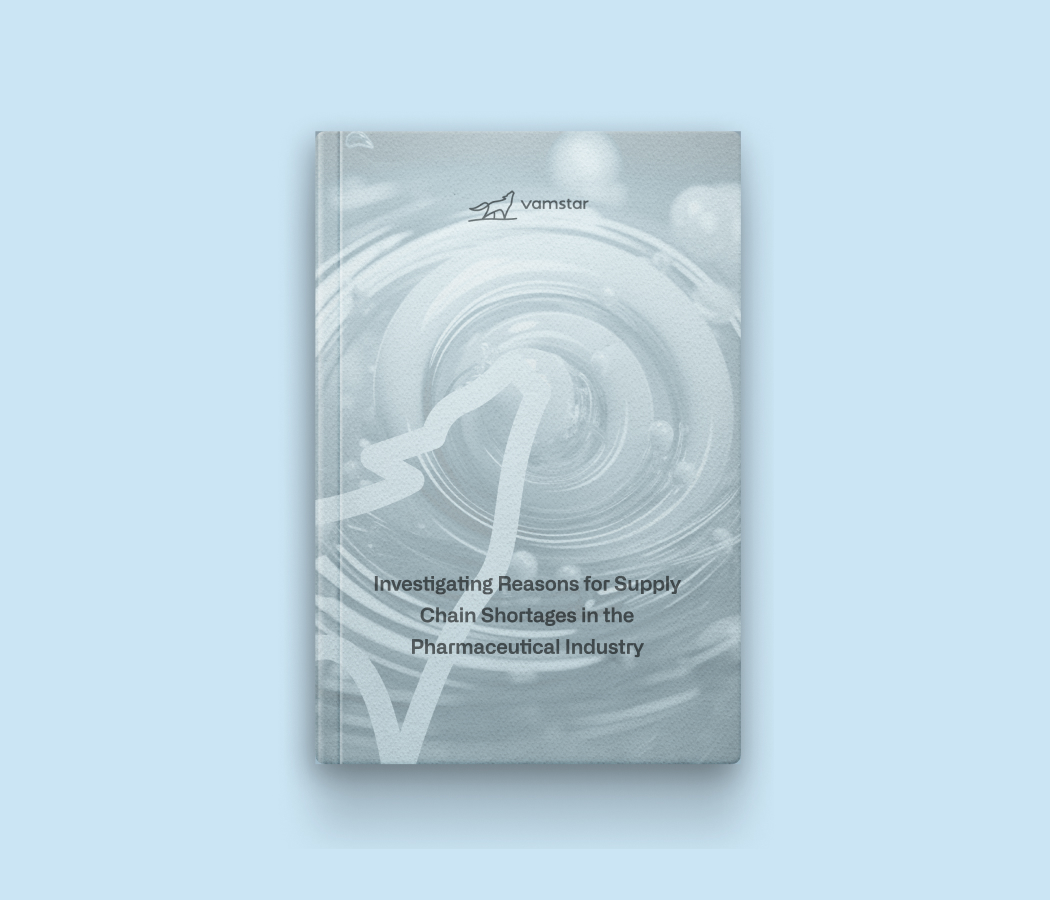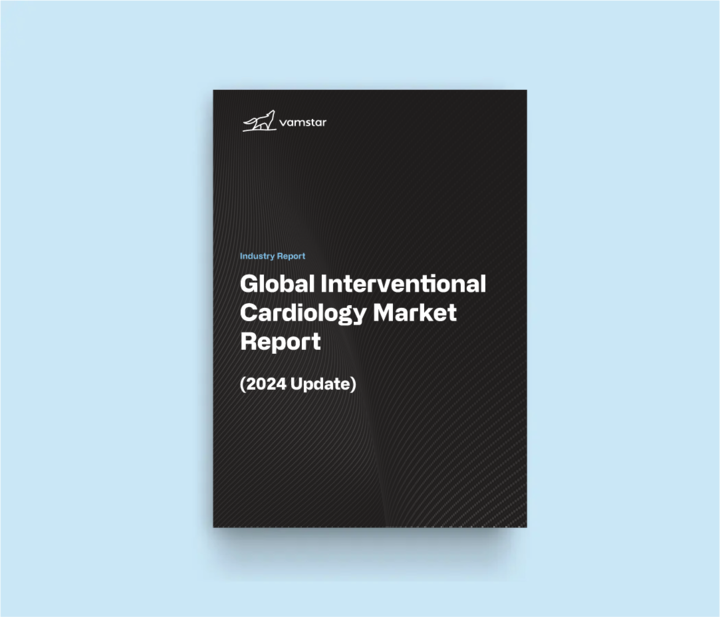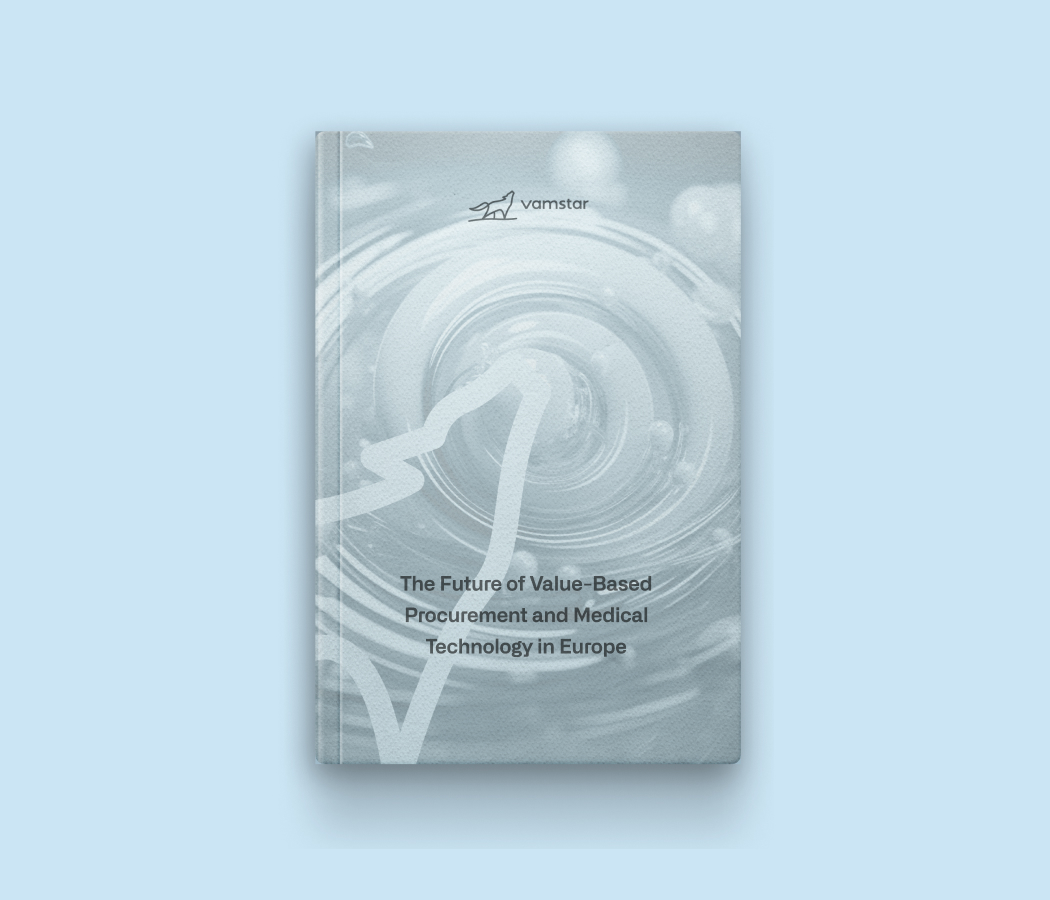6 minutes read
NHS Supply Chain and the Future of NHS Procurement
Background:
The House of Commons Committee on Public Accounts released a report on March 20th, 2024, addressing the inefficiencies in the NHS Supply Chain procurement processes.
The report shed light on various challenges, including difficulties in achieving market share targets, oversight problems, lack of trust among stakeholders, and delayed transformation initiatives.
In this article, we explore the context of the report and propose recommendations for implementing an AI-based data orchestration platform to foster consistency, trust, and transparency in the procurement processes.
Introduction:
The NHS spends approximately £8 billion annually on medical equipment and consumables. NHS Supply Chain, established in 2018, aims to deliver savings and increase market share by aggregating spending power and reducing price variations.
However, challenges persist in persuading trusts to utilise the NHS Supply Chain, resulting in missed savings opportunities. This paper explores how AI-based data orchestration systems can address these challenges and improve NHS Supply Chain’s efficiency and patient outcomes.
Key Challenges:
- Low Trust Participation: NHS Supply Chain has failed to persuade trusts to use its services, resulting in only 57% market share against a target of 80% by 2023-24. This limits potential savings and efficiency gains.
- Weak Oversight and Support: NHSE has been weak in its oversight and support of NHS Supply Chain, failing to validate claimed savings and provide adequate financial support for modernization efforts.
- Lack of Trust Accountability: NHSE does not effectively challenge trusts to purchase more through the NHS Supply Chain, relying on trusts to analyse procurement data and change practices independently.
- Inconsistent Savings Reporting: NHS Supply Chain has used multiple methods to calculate and report savings, causing confusion and mistrust among trusts.
- Delayed Transformation Benefits: NHS Supply Chain’s transformation program, aimed at improving its business, is expected to run from 2022-30. Benefits will take several years to materialise due to capacity constraints and legacy system challenges.
- Balancing Cost and Quality: There are concerns that a focus on costs may impact product quality and patient outcomes. Clinicians need to be more involved in purchasing choices to ensure patient care is considered alongside value and cost.
To address these challenges and enhance the efficiency of the NHS Supply Chain, we propose the implementation of an AI-driven data orchestration technology and analytics to reduce risk to the NHS. This technology will ensure data consistency, build trust, and promote transparency in the procurement processes.
AI-based Data Orchestration Solution will support:
- Predictive Demand Forecasting: Implement AI algorithms to analyse historical procurement data, patient demographics, and clinical trends to accurately forecast demand for medical equipment and consumables. This will enable NHS Supply Chain to optimise inventory levels, reduce stockouts, and improve trust participation by ensuring product availability.
- Dynamic Pricing Optimisation: Develop an AI-powered pricing engine that continuously analyses market conditions, supplier contracts, and trust purchasing patterns to offer competitive and transparent prices. This builds trust and confidence, and encourages increased utilisation of the NHS Supply Chain.
- Intelligent Procurement Analytics: Deploy AI-driven analytics to identify purchasing patterns, price variations, and potential savings opportunities across trusts. Provide actionable insights to NHSE and trusts, enabling data-driven challenges and accountability for utilising NHS Supply Chain.
- Unified Savings Reporting: Establish a standardised, AI-powered savings calculation methodology that integrates data from NHS Supply Chain, trusts, and suppliers. Ensure consistency, transparency, and trust in reported savings across all stakeholders.
- AI-assisted Transformation Management: Leverage AI project management tools to optimise resource allocation, identify critical paths, and monitor progress of NHS Supply Chain’s transformation program. Use predictive analytics to anticipate and mitigate risks, ensuring timely delivery of modernisation benefits.
- Value-based Procurement: Implement an AI framework that incorporates clinical outcomes, patient satisfaction, and long-term cost savings into procurement decisions. Engage clinicians in defining value metrics and utilise AI to analyse real-world evidence, ensuring a balance between cost and quality.
Conclusion:
Implementing AI-based data orchestration systems can significantly enhance NHS Supply Chain’s efficiency, savings, and patient outcomes. By leveraging predictive analytics, dynamic pricing, intelligent procurement insights, unified savings reporting, AI-assisted transformation management, and value-based procurement, NHS Supply Chain can overcome existing challenges and drive trust participation. Collaboration among NHS Supply Chain, NHSE, trusts, and clinicians is crucial to realise the full potential of these AI solutions and ensure a sustainable, patient-centric procurement process.
Find Out More About Data Orchestration
Register to discover how AI-driven data orchestration can unlock unprecedented efficiency, savings, and improved patient outcomes within the NHS and other European National Healthcare Services.

Register
Please provide your details and we’ll contact you


























